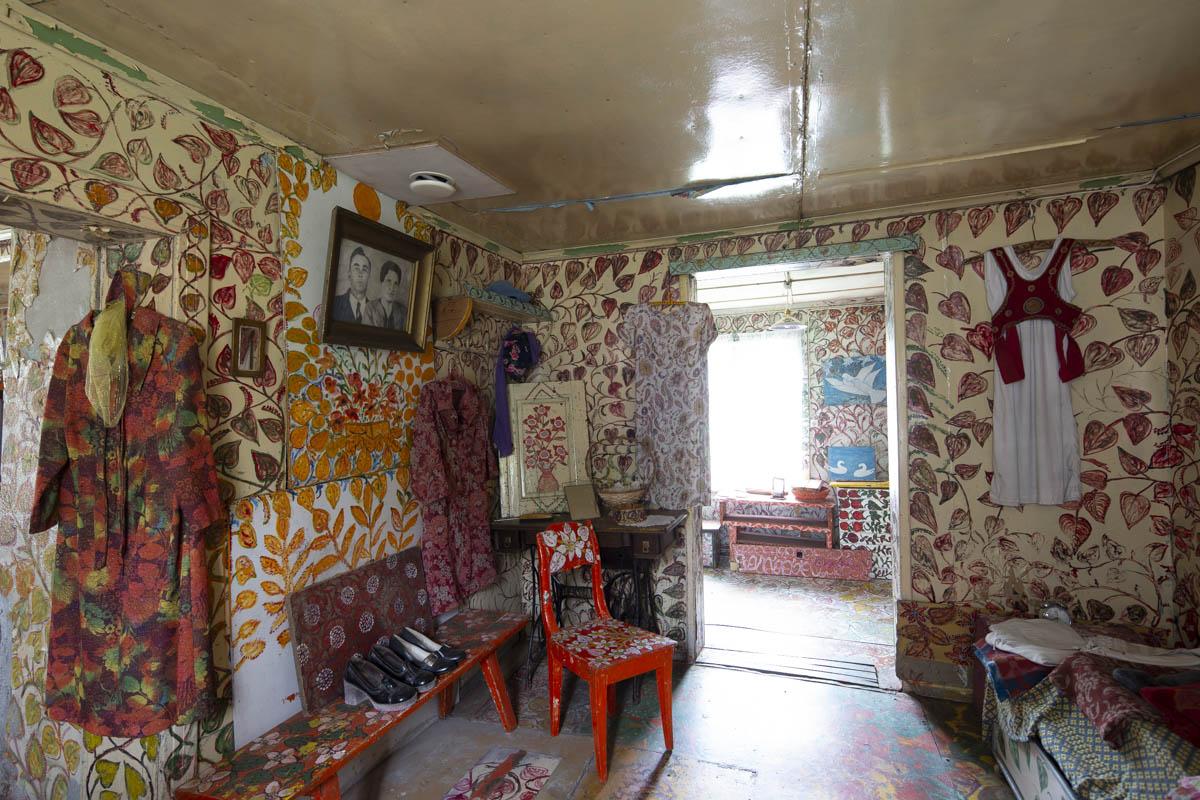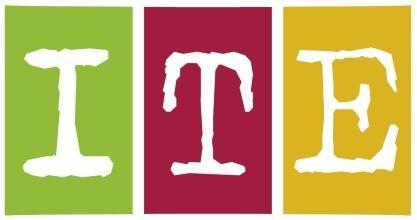ITE Art Environments
A contemporary folk art environment may consist of works without any established place of display or it may be a gallery-like compilation, a museum, sculpture park, backyard environment, architectural creation or, in some cases, a lifestyle environment that covers the artist’s entire property. Regardless of the nature of the works, the primary and most natural place for displaying them is usually the artist’s living environment rather than exhibition venues typical of the art world.
An art environment is an entity consisting of works of art, their relations to one another, and it also includes everything else in the living environment such as its architecture, plants and the geography of the area. The light and temperature in the environment vary according to the time of day and the season. The environment gets beaten by the rain and swept by the wind, parched by the sun and covered by snow. The sensual world of contemporary folk art embraces the perfume of flowers and the smell of manure wafting from the fields, birdsong and sounds of traffic as well as the hum of mosquitoes and horseflies buzzing on the skin.
Memories and emotions of artists themselves and of those close to them are the source of their motifs. They produce art on the terms of their everyday lives and environments and while doing so they also reshape their lives and surroundings with their art.
Contemporary folk art tells us life-size stories that reflect the image of their creators. An artist’s production is a depiction of one person’s world view, values and definition of art. In art environments the artist, the environment, the creative process and the works are all come together. Several years’ work of constructing an environment is part of its meaning and overall impression.
Text: Minna Haveri, Doctor of Arts


